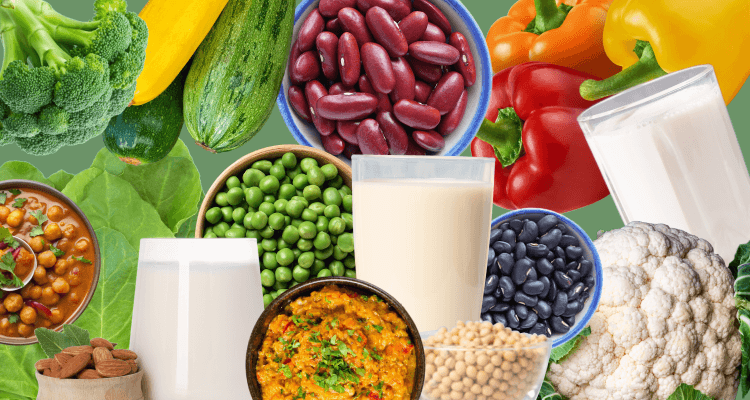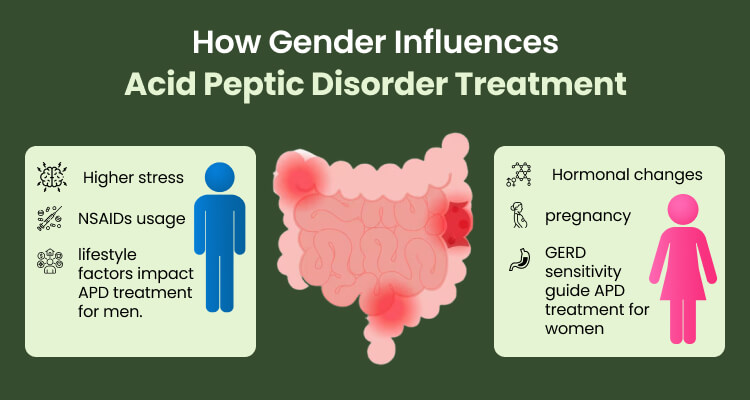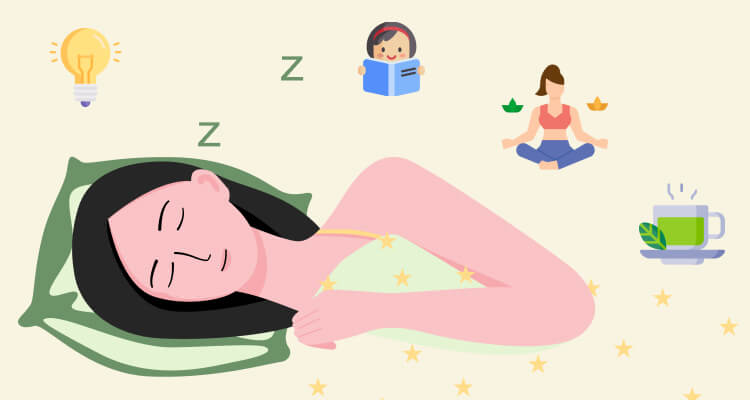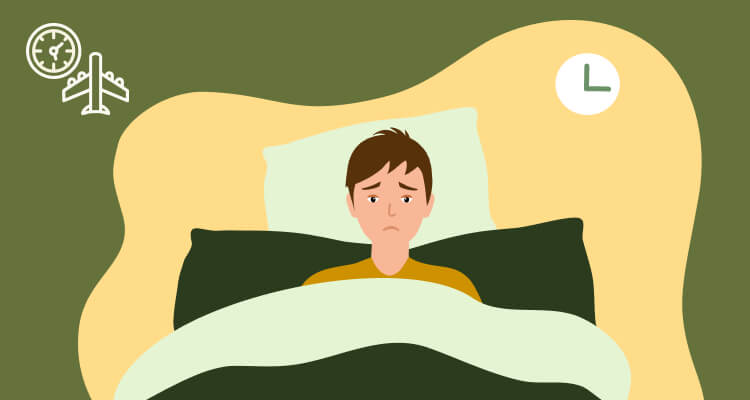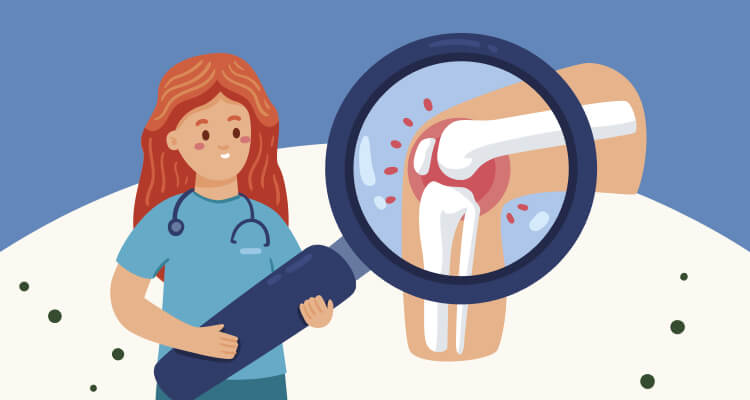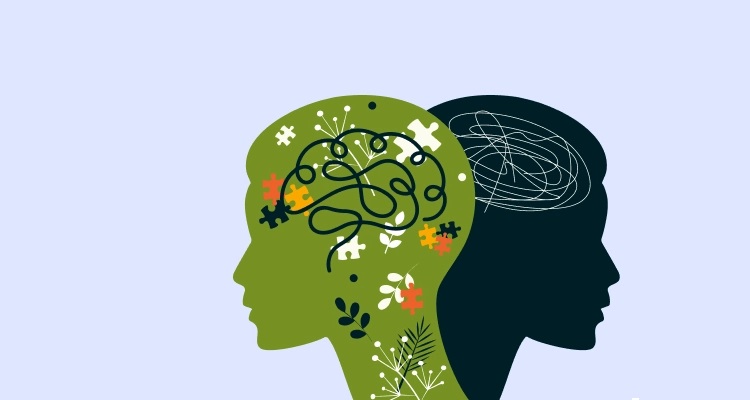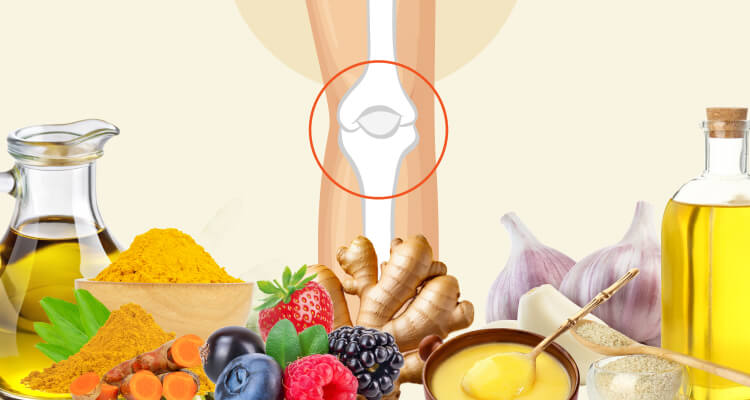What You’ll Learn:
- 7 effective Ayurvedic remedies for headache relief
- Simple steps on how to use each remedy
- Natural solutions that address different types of headaches
- The benefits of each remedy for your overall well-being
Headaches are a universal problem. In the U.S., it’s estimated that over 45 million Americans suffer from chronic headaches, with many resorting to painkillers for relief. However, these medications often provide only temporary relief and can come with side effects if overused.
Ayurveda, the ancient Indian system of medicine, offers holistic and highly effective solutions that can provide quick relief while improving your overall well-being. Here, we’ll walk you through 7 amazing Ayurvedic remedies best suited for different types of headaches.
1. Ginger Tea: The Powerhouse Remedy for Pain Relief
Headaches often arise due to inflammation, poor digestion, or stress, which disrupt the natural flow of energy (or Prana) in the body. Ginger, a universal medicine (Vishwabhesaja) in Ayurveda, directly targets these imbalances. It works wonders on migraines, tension headaches, and even sinus headaches.
Ginger is loaded with anti-inflammatory and antioxidant properties. It helps block prostaglandins, which are chemicals in the body that cause inflammation and pain. Ginger also soothes nausea and dizziness, symptoms often seen with migraines.
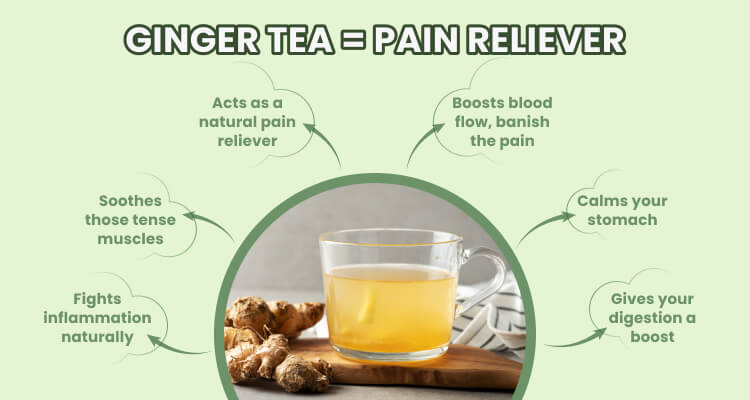
How to Make It
Crush ½ tsp of fresh ginger. Boil it in 1 glass of water for 5-7 minutes. Strain, sip, and enjoy it warm. Drink twice a day or during a headache episode.
When to Drink It
- First thing in the morning to prevent headaches triggered by poor digestion
- During an attack of headache for immediate relief
Why You’ll Love It
It is a simple yet powerful tea that offers a soothing, warming effect, calms the mind, and brings quick relief. Plus, it’s great for digestion and overall well-being!
2. Cinnamon Paste: A Warm Solution for Cold-Weather Headaches
In Ayurveda, headaches caused by cold weather, excessive stress, or fatigue are often linked to Vata imbalances—dryness, tension, and poor circulation in the body.
Cinnamon is rich in antioxidants and acts as a natural pain reliever. It improves blood circulation, relaxes tense forehead muscles, and warms the body from within—making it particularly effective for tension headaches and headaches caused by cold exposure.
Cinnamon, a widely cherished spice, is known for its ability to balance the Kapha and Vata doshas, which are often associated with headaches caused by coldness or dryness. Its hot (Ushna) property enhances circulation and helps alleviate tension in the head. Revered in Ayurvedic texts, cinnamon is described as a pain reliever (Ruja hanti) and effective in addressing headaches. Applying a paste made from cinnamon powder and water to the forehead not only soothes inflammation but also reduces pain by inhibiting the body’s inflammatory responses, making it a natural remedy for headache relief.

How to Use It
Mix 1 tsp of cinnamon powder with a little water to form a smooth paste. Freshly grounded, the cinnamon bark will have more of its character and flavor, including its essential oils. Spread the paste over your forehead and temples, let it sit for 15-20 minutes, and then wash it off with warm water.
When to Use It
- In the winter months, when cold weather triggers headaches
- During a stress-induced headache episode
Why You’ll Love It
It’s a quick, natural, and effective paste that promotes warmth and improves blood flow to alleviate pain.
Attention: Cinnamon can create a burning sensation or redness on the skin. Test your personal situation with a small amount on your hand or foot before applying it in larger amounts, to ensure it doesn’t cause any irritation.
3. Foot Massage with Medicated or Castor Oil: Relax and Unwind.
Stress, fatigue, and lack of sleep are common triggers for headaches. According to Ayurveda, these issues often disturb the Vata dosha—causing dryness, tension, and imbalance. A relaxing foot massage is a simple yet deeply effective therapy to calm the nervous system and balance Vata.
Your feet have important marma points (vital energy spots) connected to the entire body. Massaging the soles with warm medicated or castor oil stimulates these points, improves circulation, and brings an immediate sense of calm, reducing headache intensity.

How to Do It
Slightly warm castor oil, cinnamon oil, almond oil, or an Ayurvedic medicated oil. Sit comfortably and massage the oil in a circular motion by applying gentle pressure to the soles of your feet for 10-15 minutes. Let the oil soak in or rinse with warm water.
When to Do It
- Before bedtime for restful sleep and headache prevention
- After a long, stressful day when headaches are more likely to strike
Why You’ll Love It
It feels like a mini retreat—relaxing your body, calming your mind, and improving sleep, all while relieving your headache.
4. DIY Herbal Balm: Your On-the-Go Headache Healer
Sometimes headaches come when you least expect them—at work, during travel, or in the middle of a busy day. Instead of reaching for a pill, a DIY Herbal balm made with Rasnadi powder, lemon juice, and sesame oil offers a natural, portable solution.
- Rasnadi powder helps calm Vata dosha and improves blood flow to the head.
- Lemon juice acts as a natural relaxant to reduce tension.
- Sesame oil nourishes the nervous system and promotes relaxation.

How to Make It
- Mix 1 tbsp of Rasnadi powder with 1 tsp lemon juice.
- Add a few drops of sesame oil to form a paste.
Apply the balm to your forehead and temples and keep it for 20-30 minutes. Then wash off with warm water.
When to Use It
At the first sign of a headache
Carry it with you for quick, natural relief during stressful days
Why You’ll Love It
It’s a fuss-free, quick remedy that provides an instant cooling sensation and relaxes tight head muscles.
5. Ghee Nasal Drops: The Ultimate Migraine Remedy
Migraines are often linked to imbalances in the Pitta dosha caused by excessive heat, stress, and overactivity. Ayurveda recommends nasal drops (Nasya therapy) as one of the most effective solutions to reduce migraine frequency and severity.
Pure cow’s ghee lubricates the nasal passages, clears toxins, and calms excess Pitta and Vata doshas. It helps reduce the intensity of migraine episodes over time.

How to Use It
Slightly warm pure cow’s ghee. Lie down and tilt your head back. Instill 2-3 drops of warm ghee into each nostril and inhale deeply.
When to Use It
- Prior to bedtime to foster deep relaxation and reduce the risk of migraines.
- On an Empty stomach in the morning
Why You’ll Love It
It not only reduces headaches but also calms your mind and enhances your overall energy.
A Word of Caution: Avoid using ghee nasal drops late at night, as it may disrupt sleep or cause discomfort.
6. Oil Head Massage: Melt Away Tension and Stress
Headaches caused by stress, poor posture, or even long hours at the desk are often related to the Vata dosha, which governs movement and stress in the body. One of the best ways to reduce stress and relieve headaches is through Abhyanga, or a gentle head massage using warm, therapeutic oils. It is a calming massage that helps you de-stress and improve circulation, targeting the areas where headaches manifest.
Head massages are highly effective in relieving tension in the scalp, neck, and shoulders, which are common areas for stress-related headaches. Applying warm oil, such as sesame or coconut oil, promotes blood flow to the head and neck, nourishing the muscles and tissues.
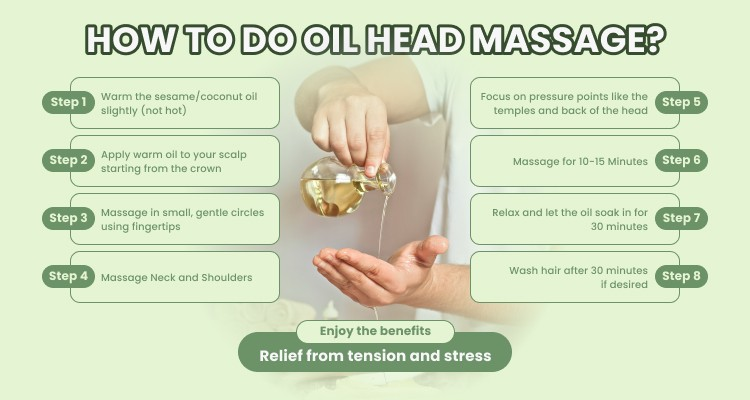
How to Do It
Warm 2-3 tablespoons of sesame oil or coconut oil. Gently massage your scalp, temples, and the back of your neck using gentle, circular motions. Focus on areas where tension builds, like your forehead, temples, and shoulders. Allow the oil to soak in for 30 minutes before washing it out with lukewarm water.
When to Do It
Before bed, relax your mind and body for a restful sleep. Avoid doing this in cold weather conditions.
After a stressful day, unwind and reduce the chances of headaches the next day.
Why You’ll Love It
It is a deeply relaxing experience that not only relieves headache pain but also calms your nerves and promotes overall well-being. It’s a perfect ritual to incorporate into your daily self-care routine.
7. Boiled Herbal Tonic: A Healing Concoction for Headache Relief
Ayurveda emphasizes the importance of balancing the body’s internal systems to prevent headaches. One powerful remedy to restore balance and reduce inflammation is an herbal tonic made from ginger, turmeric, cumin, pepper, and coriander.
The ingredients in this tonic work synergistically to reduce inflammation, calm the digestive system, and improve circulation—key factors in preventing and relieving headaches. Ginger and turmeric have anti-inflammatory properties, while pepper helps to break up congestion and support circulation. Cumin aids digestion, helping to address the underlying imbalances that can trigger headaches.

How to Make It
Boil 1 cup of water. Add 2-3 crushed peppercorns, ½ tsp crushed ginger, ¼ tsp turmeric powder, and 1 tsp cumin seeds. Simmer for 5 minutes, strain, and sip the warm tonic.
When to Drink It
- During a headache episode to relieve pain
- As a preventive tonic once a day to support digestion and reduce headache triggers
Why You’ll Love It
The herbal tonic works from the inside out—clearing up headaches while boosting your health and energy levels. It’s an excellent way to support both the body and mind naturally!
A word of Caution:
If you have gut-related issues like hyperacidity or gastric problems, please avoid these ingredients as they may aggravate pitta, or consult your Ayurvedic expert for personalized advice.
Final Thoughts
Headaches don’t have to control your life. With these natural, Ayurvedic remedies, you can manage pain gently and effectively. Each remedy not only helps reduce headache symptoms but also brings balance to your body and mind.
Give them a try, and discover the healing power of Ayurveda.


